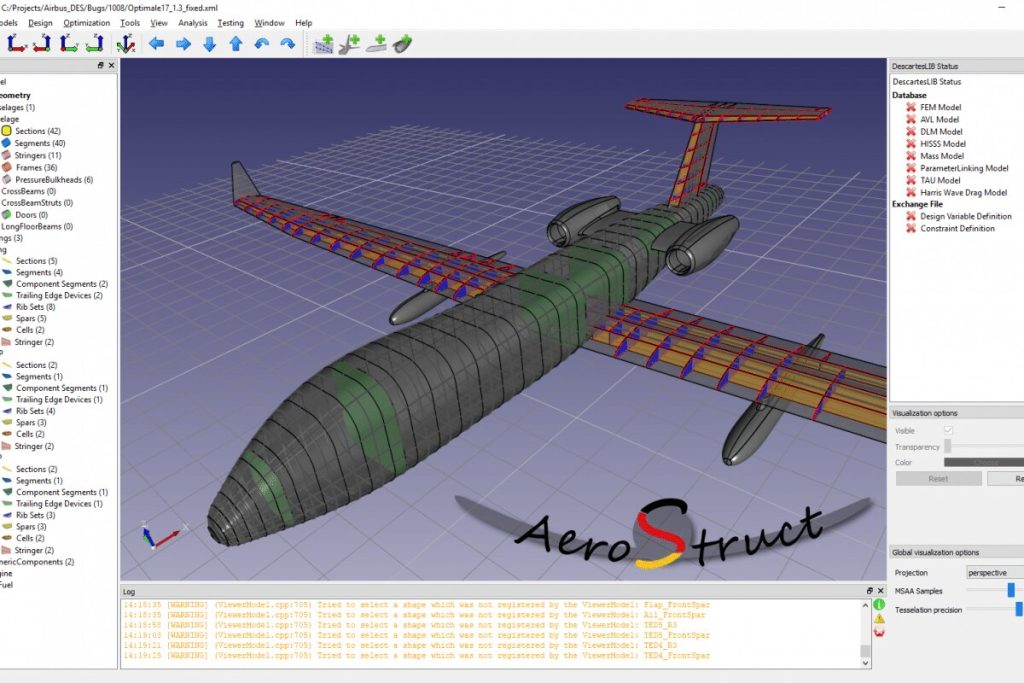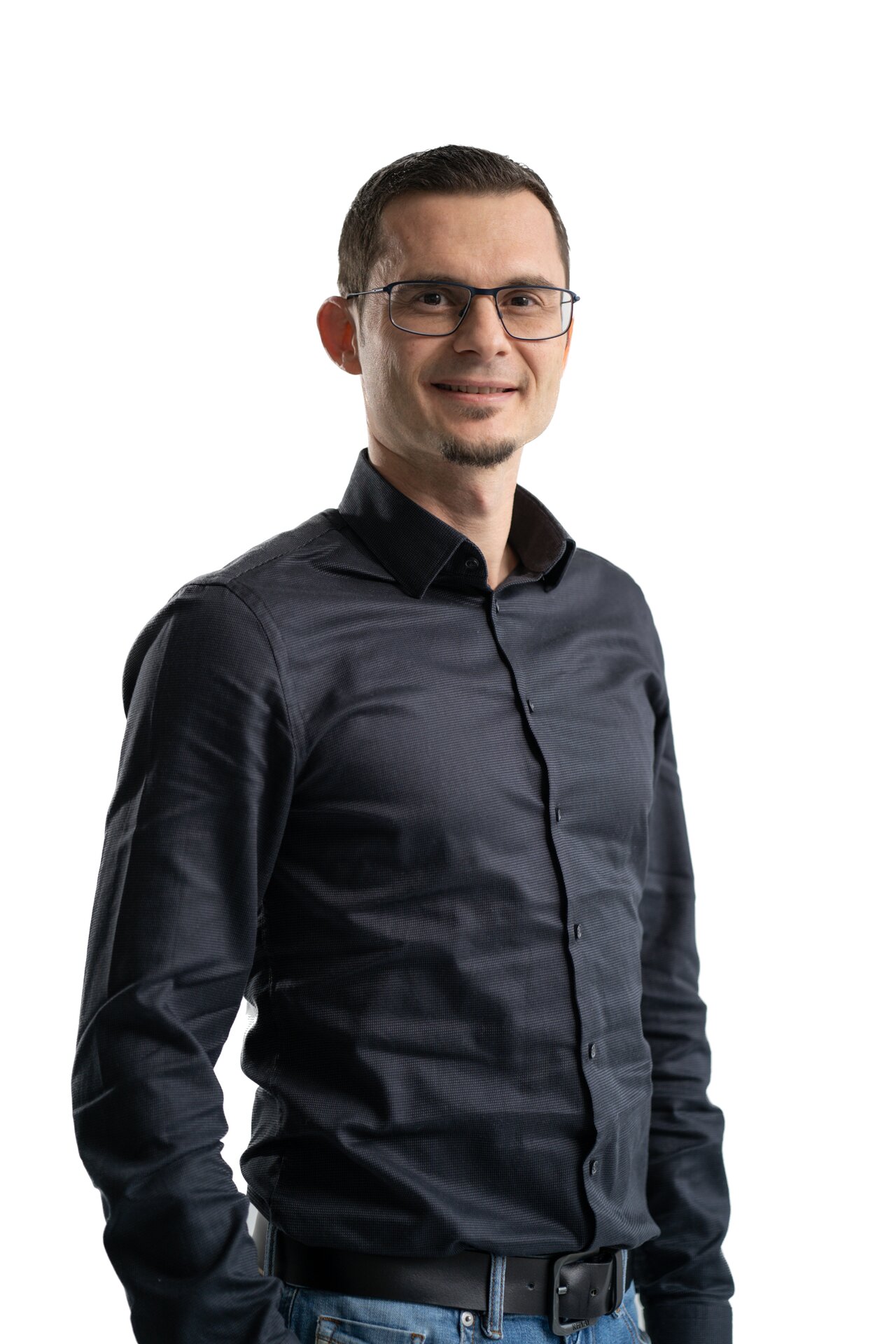Geometry modeling in concept design
Today, the design of new aircraft models is more than ever a cost- and time-intensive process due to the high requirements. Starting from a mission profile (payload, range, fuel consumption, etc.), the design process passes through the conceptual, preliminary and detailed design phases.
In each of these phases, the requirements of different disciplines, such as aerodynamics, structural mechanics, flight physics or manufacturing, must be optimized with respect to their interactions so that the new aircraft model meets all requirements. Until a few years ago, the calculations of the individual disciplines were performed independently of each other, so that, for example, the effects of the calculation results of an aerodynamics calculation had to be manually entered into its input model for a subsequent structural mechanics calculation. Likewise, changes to the aircraft geometry had to be manually transferred to the respective models of the individual disciplines. By integrating multiple disciplines into one optimization tool, which automatically transfers the effects of the calculation results of one discipline into the input model of another discipline, the development process can be accelerated and an optimized result can be achieved in less time. All discipline-specific input models are based on the aircraft geometry, which means that it forms the basis for coupling the calculations from the different disciplines.
To implement this project, Airbus Defence and Space participated in the joint project AeroStruct, which is coordinated by the German Aerospace Center (DLR). In this context, RISC Software GmbH was commissioned to design a software system that combines the existing analysis programs of Airbus Defence and Space in order to achieve synchronous progress of the individual disciplines.
The following work was performed as part of this project:
- Selection of an existing standardized description language for aircraft geometries
- Definition of a parametric geometry model for aircraft based on the description language
- Development of a tool for geometry generation from the description language
- Geometry generation for internal wing structures (ribs and spars)
- Intersection of the wing geometry with the geometry of the internal structures
- Development of a GUI application to manipulate the parametric geometry model
- Development and integration of a data format of the aircraft geometry model, including discipline-specific data based on HDF5
- Definition of design variables and mapping to parameters of the geometry model

Project partner

Project details
- Project short title: Geometry modeling in concept design
- Project long title: Parameterized geometry modeling as a basis for multidisciplinary optimization in aircraft construction
- Projektpartner:
- Airbus Defense and Space
- Duration: ongoing
Contact person

DI Roland Landertshamer
Senior Software Architect & Project Manager